Unlocking Curiosity: What Your Child Will Learn from “Cosmic Wonders” – A Parent’s Guide to Space Explorers
Subscribe & Get Free E-books!
Subscribe to our channel and fill out the form below to receive exclusive free e-books directly in your inbox.
About the Episode
In this adventure-filled episode of Space Explorers, your child will join a group of curious kids as they embark on a stargazing journey under the night sky. The episode, titled “Cosmic Wonders,” follows the Space Explorers club as they investigate dazzling constellations and witness the beauty of a nearby meteor shower. With easy-to-understand explanations and animated visuals, the characters help demystify how these space phenomena occur — blending science with storytelling to keep young minds engaged and inspired.
Key Lessons for Your Child
1. Understanding Constellations
Children will learn how ancient civilizations grouped stars into patterns to tell stories and navigate. The show introduces popular constellations like Orion and Ursa Major, helping kids recognize them in real life.
2. Meteor Showers and Basic Space Physics
The episode gently explains how meteor showers happen — what shooting stars really are, and how Earth’s orbit intersects with leftover comet trails. Concepts like gravity, motion, and light are introduced in a way that’s fun and memorable.
3. Inspiring Curiosity Through Observation
By showing the characters using binoculars and simple star charts, the episode promotes observational skills and introduces STEM curiosity. It encourages kids to ask questions, look up at the sky, and explore the unknown.
4. Teamwork and Discovery
The club dynamic also highlights collaboration, critical thinking, and respectful listening — essential life skills wrapped in a fun, imaginative context.
Who Will Enjoy This Episode?
Cosmic Wonders is best suited for children ages 5 to 10 years old. The language, pacing, and visual storytelling are tailored to younger elementary schoolers who are just beginning to explore science and the world around them. However, older kids with a love of astronomy may also enjoy the episode as a light and engaging refresher.
Why It Matters
As a parent, you know the importance of introducing science early — but making it exciting is just as crucial. This episode offers:
-
Screen time with educational value
-
Opportunities for follow-up activities, like stargazing or drawing constellations
-
A spark for lifelong curiosity about space, physics, and science
Bonus: Try This at Home
After watching, take your child outside at night and try to spot a constellation mentioned in the episode. You can even download a free stargazing app or print out a sky map for your region. Learning continues when curiosity meets real-world observation.
Stay tuned for more episodes of Space Explorers — where science meets adventure, and young minds launch into learning.
Frequently Asked Questions (FAQs)
1. What is the main educational focus of the episode “Cosmic Wonders”?
This episode introduces children to constellations, meteor showers, and basic space physics in a fun and accessible way. It explains how stars are grouped into patterns, what causes shooting stars, and how space phenomena are connected to Earth’s movements.
2. What age group is this episode suitable for?
Cosmic Wonders is designed for children aged 5 to 10 years old. The storytelling, visuals, and vocabulary are age-appropriate for early elementary students while still engaging for slightly older kids with an interest in space.
3. Does my child need to know anything about space beforehand?
No prior knowledge is required. The episode is beginner-friendly and introduces concepts in simple terms through engaging characters and stories.
4. Is the episode scientifically accurate?
Yes, the episode is evaluated for its educational value and delivers scientifically accurate information in a simplified, child-friendly way. It uses analogies and storytelling to make complex ideas easy to grasp.
5. How long is the episode?
Each Space Explorers episode is approximately 10 to 12 minutes long — ideal for maintaining attention while delivering meaningful lessons.
6. Is this episode appropriate for classroom or homeschool use?
Absolutely. Many educators use Space Explorers episodes as part of science enrichment. It’s a great addition to lessons on space, Earth science, or physics.
7. Can this episode inspire follow-up activities?
Yes. After watching, children can try stargazing with a parent, draw their favorite constellation, or explore related topics like comets and telescopes. A printable activity sheet may also be provided.
8. Where can I watch this episode?
The episode will be available on the official Space Explorers platform (or your designated site/platform). You may also find it shared through educational partners or embedded in blog content.
9. Are there more episodes in the series?
Yes, Space Explorers is a multi-episode series. Each episode explores a new scientific topic, helping kids build curiosity and knowledge about the world and universe around them.
10. Can I watch it with my child?
Definitely. Watching together not only strengthens parent-child bonding but also gives you the chance to discuss what they learned and explore their questions in real time.

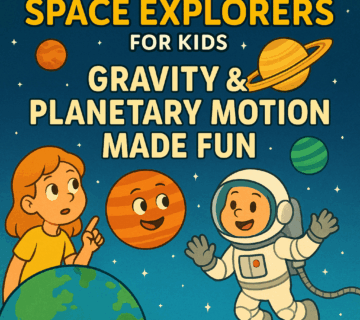
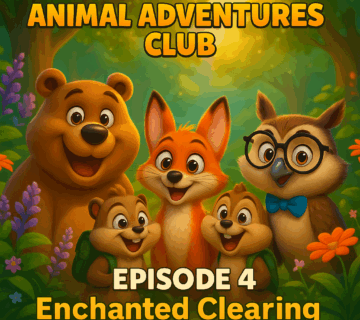
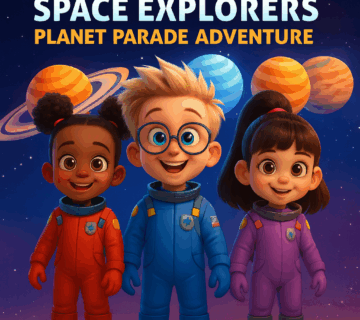
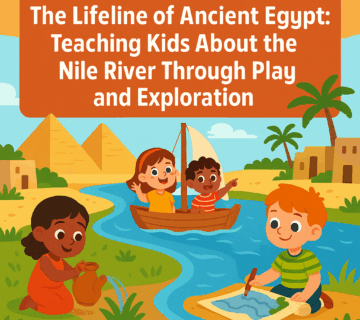
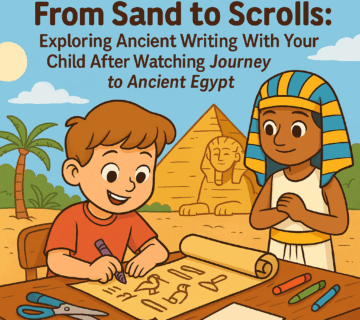
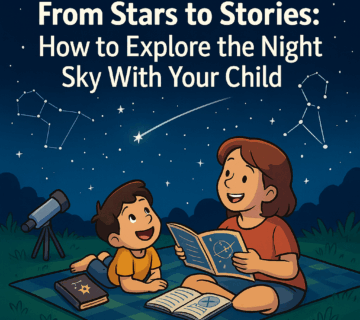
No comment